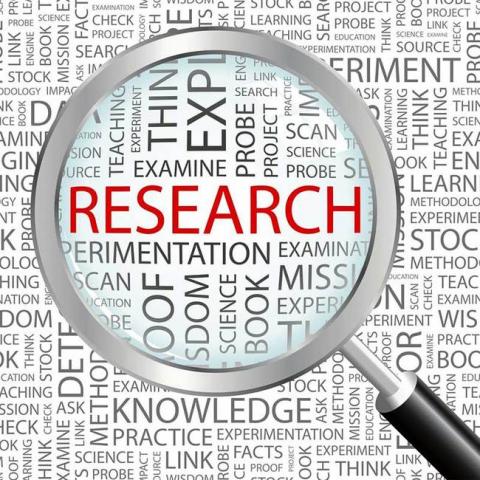How Artificial Intelligence Helps In Learning The German Language
Keywords:
artificial intelligence, German language, linguistics, machine learning, natural language processing, educational technologies.Abstract
In recent decades, Artificial Intelligence (AI) has become a powerful tool in the field of linguistics and language learning, including German. The article examines how AI technologies contribute to learning the German language as a foreign language, automating linguistic analysis, and developing natural language processing methods. Key applications include machine translation systems, intelligent language assistants, adaptive learning platforms, and grammar checking systems. Special attention is given to machine learning technologies and big data processing, which enable personalized learning, provide accurate recommendations for study, and support error correction. Examples include the use of speech recognition and synthesis systems to improve listening and pronunciation skills. The article concludes by discussing the prospects of further developing AI technologies in German language learning, including the potential integration of virtual reality and advanced analytics to create an immersive educational experience.
References
Baranov A.N., Chesnokov Y.V. (2022). Text Processing in Russian Using Artificial Intelligence. Moscow.
Brown T. et al. (2020). Language Models are Few-Shot Learners. Advances in Neural Information Processing Systems.
Wulf N. (2023). Artificial Intelligence in Foreign Language Teaching. St. Petersburg.
Chowdhury, S. (2020). AI in Language Learning: The Impact and Benefits. Journal of Educational Technology, 24(5), 42–56.
Zhang, Y. (2021). AI-Based Systems for Language Learning and Teaching. International Journal of Applied Linguistics, 33(3), 145–163.
Li, L. (2022). Machine Translation and Language Learning. Language Learning and Technology, 26(2), 112–130.
Pereira, J. (2019). AI and Natural Language Processing: Revolutionizing Language Education. Artificial Intelligence Review, 32(4), 78–95.





